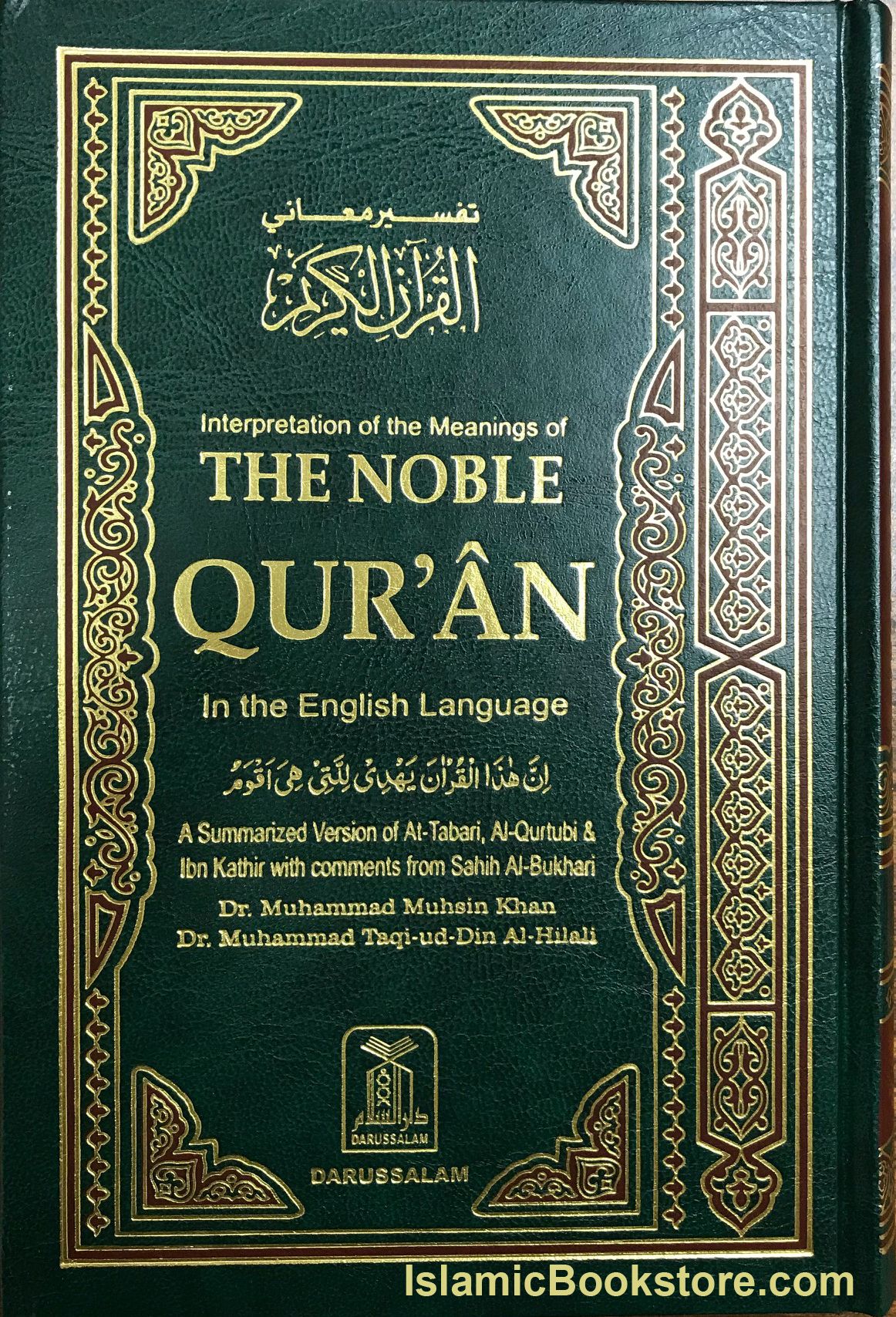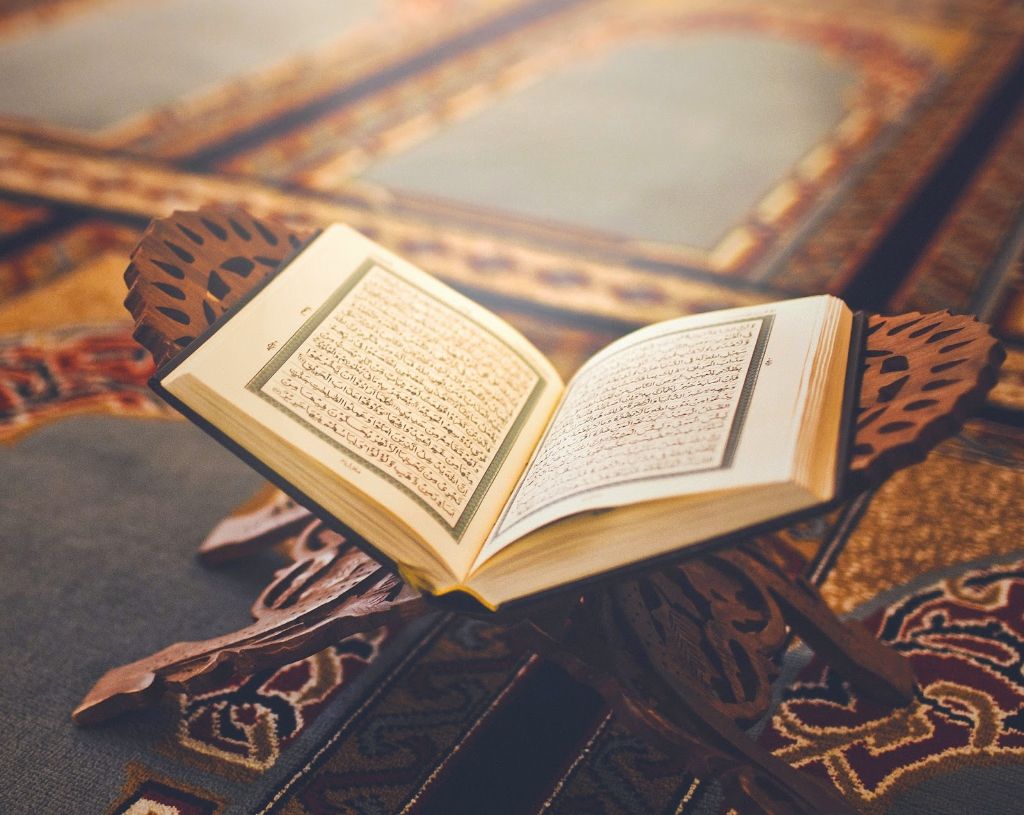The Qur’an, regarded as the holy book of Islam, is a source of guidance, law, and spiritual sustenance for over a billion Muslims worldwide. Its interpretations, or Tafsir, have been the subject of scholarly debate and discussion for centuries. This article delves into the diverse interpretations of the Qur’an, exploring how they reflect the richness of Islamic thought while simultaneously fostering a sense of unity among Muslims around the globe.
The Qur’an: A Brief Overview

The Qur’an is believed to be the literal word of God (Allah) as revealed to the Prophet Muhammad over 23 years. It is composed of 114 chapters (Surahs) that address various aspects of life, morality, and spirituality. The Qur’an is written in classical Arabic, and its linguistic beauty is one of the reasons for its revered status.
Diversity in Interpretations

Interpretations of the Qur’an can vary widely based on cultural, historical, and theological contexts. This diversity can be seen in several dimensions:
- Historical Context: Interpretations can differ based on the era in which they were made. Early scholars like Ibn Abbas and Al-Tabari provided insights based on the socio-political conditions of their time.
- Cultural Influences: Local customs and traditions often shape how verses are understood and practiced in different regions. For instance, interpretations in Indonesia may differ significantly from those in the Middle East.
- School of Thought: The four main Sunni schools of thought (Hanafi, Maliki, Shafi’i, and Hanbali) and various Shia interpretations provide a framework through which the Qur’an is analyzed, leading to diverse understandings.
Case Studies of Interpretational Diversity

To illustrate the diversity in Qur’anic interpretations, let us explore two significant examples: the concept of Jihad and the role of women in Islam.
The Concept of Jihad

Jihad, often misunderstood in contemporary discourse, has various interpretations within Islamic scholarship:
- Greater Jihad: Many scholars emphasize that the greater jihad refers to the internal struggle against sin and striving for a righteous life.
- Lower Jihad: Conversely, the lesser jihad can refer to physical struggle or warfare, but it is heavily contextualized by scholars who argue that it should only be exercised in defense of the faith.
For instance, the interpretations of Jihad by prominent scholars like Sayyid Qutb and Muhammad Iqbal differ significantly, with Qutb advocating a more militant view, while Iqbal focused on the spiritual aspects of personal development and social justice.
The Role of Women in Islam

The Qur’an contains numerous verses regarding women, and interpretations can vary widely:
- Traditional Interpretations: Some traditional interpretations assert that women have a subordinate role in society, citing verses that discuss male guardianship.
- Progressive Interpretations: Conversely, many contemporary scholars argue for a more egalitarian view, highlighting verses that emphasize equality and justice, such as the creation of men and women from a single soul (Qur’an 4:1).
For example, scholars like Amina Wadud and Asma Barlas advocate for an interpretation that empowers women and challenges patriarchal structures within the Muslim community.
Uniting Factors in Islamic Faith
Despite the diversity of interpretations, several factors contribute to a sense of unity among Muslims worldwide:
- Shared Beliefs: All Muslims believe in the oneness of God, the prophethood of Muhammad, and the core tenets of Islam, including the Five Pillars.
- Common Texts: The Qur’an remains the central religious text for all Muslims, providing a common foundation for faith and practice.
- Global Community: The concept of Ummah, or the global Muslim community, fosters a sense of belonging and solidarity, transcending regional and doctrinal differences.
The Role of Scholarship in Bridging Differences

Islamic scholarship plays a crucial role in interpreting the Qur’an and addressing contemporary issues. Scholars engage with the text to derive meanings that are applicable to modern life while respecting traditional understandings. Some notable contributions include:
- Interfaith Dialogue: Scholars are increasingly participating in interfaith discussions, promoting understanding and collaboration among different religious communities.
- Modern Tafsir: New approaches to Tafsir have emerged, focusing on linguistic analysis, historical-critical methods, and socio-political contexts.
- Feminist Interpretations: As mentioned earlier, feminist scholars are redefining the role of women in Islam, promoting interpretations that align with contemporary values of gender equality.
Statistics and Trends in Qur’anic Interpretation
Recent surveys and studies highlight the evolving nature of Qur’anic interpretation:
- A 2020 Pew Research Center study found that 78% of Muslims believe that Islam should adapt to the modern world, emphasizing the need for contemporary interpretations of the Qur’an.
- In the same study, 65% of respondents supported the idea of interfaith dialogue, reflecting a growing acceptance of diverse interpretations and beliefs.
The diversity of interpretations of the Qur’an reflects the multifaceted nature of Islamic thought, shaped by historical, cultural, and contextual factors. However, despite these differences, core beliefs and shared values foster a sense of unity among Muslims worldwide. As the world continues to change, Islamic scholarship plays a crucial role in navigating these interpretations, ensuring that the teachings of the Qur’an remain relevant and accessible to all. Ultimately, the beauty of the Qur’an lies not only in its text but in its ability to inspire diverse understandings while uniting believers in faith and purpose.





